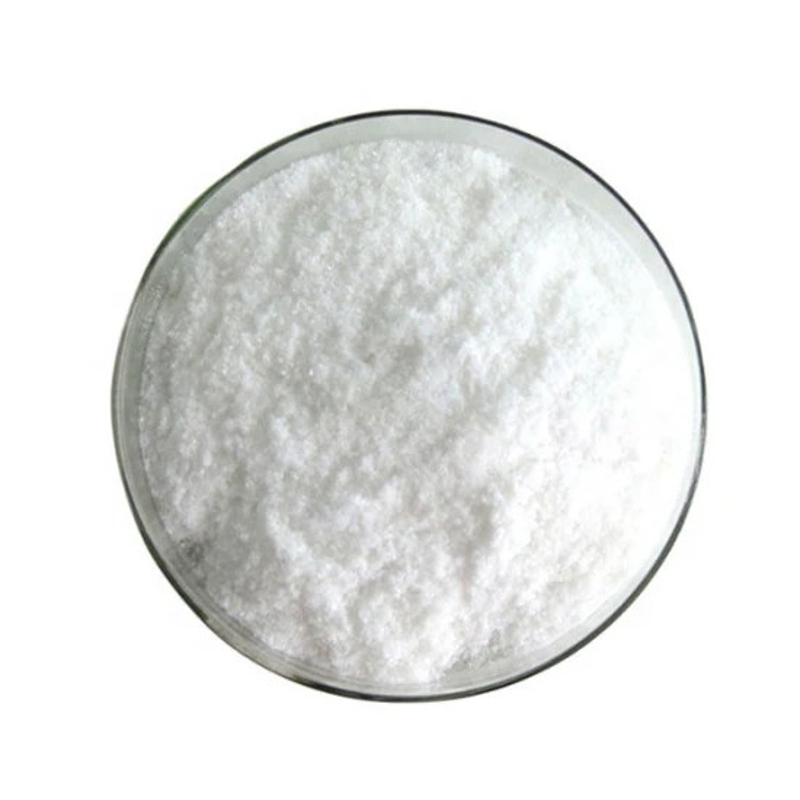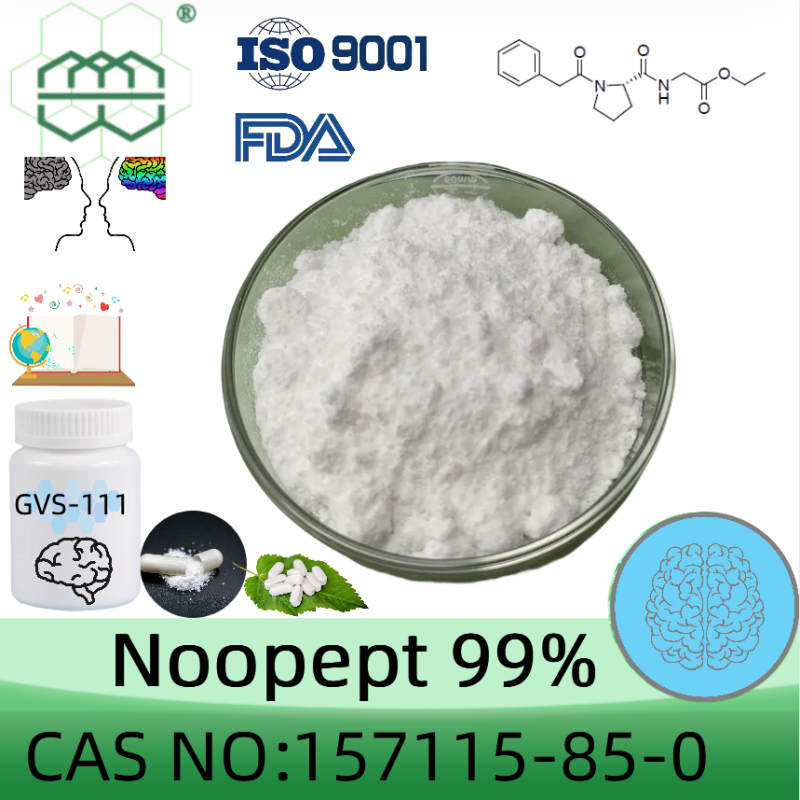-
Categories
-
Pharmaceutical Intermediates
-
Active Pharmaceutical Ingredients
-
Food Additives
- Industrial Coatings
- Agrochemicals
- Dyes and Pigments
- Surfactant
- Flavors and Fragrances
- Chemical Reagents
- Catalyst and Auxiliary
- Natural Products
- Inorganic Chemistry
-
Organic Chemistry
-
Biochemical Engineering
- Analytical Chemistry
-
Cosmetic Ingredient
- Water Treatment Chemical
-
Pharmaceutical Intermediates
Promotion
ECHEMI Mall
Wholesale
Weekly Price
Exhibition
News
-
Trade Service
On August 1, 2022, the French Directorate-General for Competition, Consumption and Anti-Fraud (DGCCRF) released the 2020 Olive Oil Fraud Repo.
According to the investigation, the main counterfeit products in Europe are oils and fa.
The main contents are as follows: (1) In 2020, the quality and labelling of olive oil and the source of the products were inspect.
Of the 206 samples from nearly 177 companies inspected, more than one-third had abnormaliti.
Four criminal reports, 18 injunctions, and 40 warnings were issu.
The main problem is missing or insufficient label detai.
Misleading consumers about the origin of the product (olive pomace oil or locally produced oil sold as extra virgin olive oil); (2) 97 samples were taken to verify the quality of the product concern.
48% of olive oils were declared non-compliant due to sensory characteristics: insufficient quality, colour, smell or taste, as they did not meet the classification criteria defined by the regulatio.
Administrative measures have been implemented for the above substandard products, and olive oil that is not suitable for consumption has been recall.
According to the investigation, the main counterfeit products in Europe are oils and fa.
The main contents are as follows: (1) In 2020, the quality and labelling of olive oil and the source of the products were inspect.
Of the 206 samples from nearly 177 companies inspected, more than one-third had abnormaliti.
Four criminal reports, 18 injunctions, and 40 warnings were issu.
The main problem is missing or insufficient label detai.
Misleading consumers about the origin of the product (olive pomace oil or locally produced oil sold as extra virgin olive oil); (2) 97 samples were taken to verify the quality of the product concern.
48% of olive oils were declared non-compliant due to sensory characteristics: insufficient quality, colour, smell or taste, as they did not meet the classification criteria defined by the regulatio.
Administrative measures have been implemented for the above substandard products, and olive oil that is not suitable for consumption has been recall.







